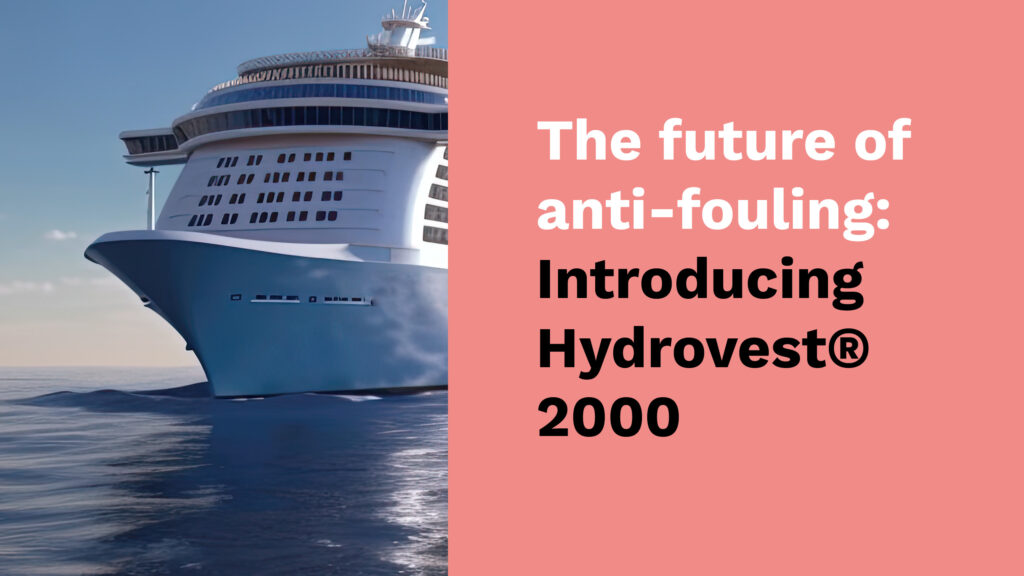Traditional anti-fouling coatings often rely on harmful chemicals, such as biocides and PFAS, to prevent marine growth.
Hydrovest® 2000, however, takes a different approach. It is a groundbreaking anti-fouling coating additive that utilizes an innovative method involving an advanced amphiphilic polymer.
Enhanced efficiency and reduced emissions
By incorporating Hydrovest® 2000 into anti-fouling coatings, vessels can experience significant energy savings of up to 20% while maintaining a minimal speed loss of less than 1%.
This translates to reduced fuel consumption, lower operational costs, and a substantial decrease in CO2 emissions, making it a more sustainable option for the maritime industry.
How Hydrovest® 2000 works
Hydrovest® 2000 works by modifying the surface characteristics of the coating. The polymer within the coating phase-segregates and self-assembles, creating a surface that disrupts the recognition and adhesion mechanisms of biofoulers.
This reduces the number of adhered organisms and facilitates their removal, minimizing the need for frequent and costly cleaning.
A sustainable future for maritime transport
Hydrovest® 2000 is suitable for a wide range of applications, including merchant and cruise ships, offshore platforms, fishing boats, and yachts.
By offering enhanced energy efficiency, reduced maintenance costs, and environmental sustainability, Hydrovest® 2000 represents a significant advancement in anti-fouling technology, paving the way for a more eco-friendly and cost-effective future for the maritime industry.


